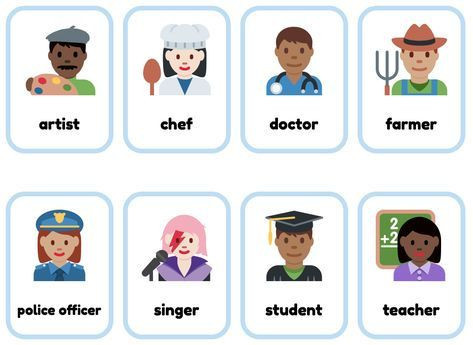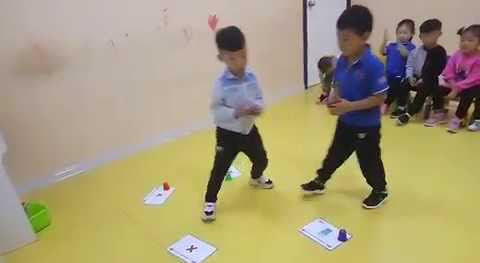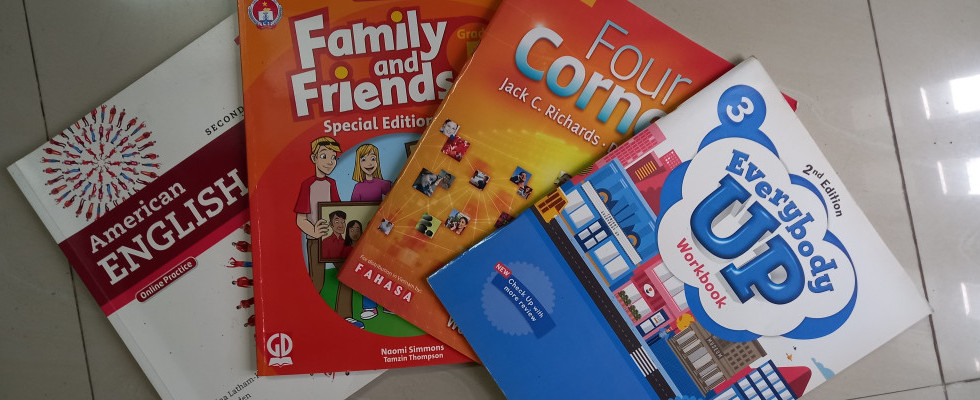Engage your students.
A good teacher should always find new ways to engage the student. Looking for new content and activities for the classroom needn’t be difficult or a chore. There is a wealth of ideas and activities that can be gleaned from the internet alone. Then there are other resources like class books, flashcards, YouTube sites, and teacher forums.

A. Classroom tactics.
Almost every EFL teacher has encountered this situation: a class of pupils that are uninterested in what is going on in the classroom, regardless of how hard you worked on the lesson plan. Student involvement is a goal we all aspire for, but we also know there is no one-size-fits-all approach to achieving it, whether we teach online or in person.
Each class has its own strengths, dynamics, expectations, and outcomes. Fortunately, we can utilize the tactics listed below to encourage involvement without appearing to be overly pushy.
Oxford University provides some excellent training videos to help you in the classroom as well, and they can be accessed via Oxford Seminars, How to motivate your students and be a better ESL teacher.
Do a warm-up activity.
A quick warm-up exercise allows you to learn about your pupils’ interests and respond favorably in order to form bonds. Everyone enjoys talking about their passions, so why not allow students to communicate with us and one other through their shared interests?
Five warm-up activities
1. The A to Z Game.
Give students a theme, for example, food, animals, countries, etc. Write the letters A to Z on the board. Teams of students must race to write a suitable word next to each letter on the board.
You can also do this without the students running around. Split the class into at least two groups. I have found the students love competing against one another. Especially a boy vs girl challenge.
You can say the alphabet and the chosen student has to give the answer. For example, A- apple, B- banana, etc.
Or you can choose a student from each team to say the alphabet in tandem. ( Penalty points apply if they get it wrong )
2. Draw what I say.
This is a great game for the listening skill. I draw a simple picture and get the students to copy what I am doing without showing the image. I will talk the students through what the picture is about.
For example, I might say draw a line in the middle of the page and on top of that line draw a house with 4 windows and 1 door. To the left of the house draw 6 flowers. In the sky draw the Sun and 3 clouds in the top left-hand corner.
You will need to pre-teach, top left-hand corner, middle of the page, and other keywords as well. This is a great test of their vocabulary skills and prepositions of place vocabulary as well.
At the end of this activity the students will have drawn some very strange stuff, so play it up and have fun with the results
.3. The memory game.
In this activity, the students need to listen closely and add on extra phrases. I normally start the game by saying something like; ” I am going on holiday and taking a camera.
Then each student adds on something else they can take while repeating everything already said. e.g. I am going on a holiday and taking a camera and a bag. Etc.
Again I split the class into two groups and do this activity several times. You can also allow the students to write down the things taken, but don’t slow down the game.
4. Charades.
Students take turns acting out a word that you offer and their classmates try to guess what it is. This is an excellent way to review vocabulary from a prior session or try out a new word.
You can play this as a team activity as well. Put 2 chairs facing forward and choose a student from each team to sit in them. Then behind their backs write a word on the board and the teams have to try to get the chosen person to say that word.
Repeat the process by changing the students who sit in the chairs. This is a lot of fun and the students enjoy this activity.
Young students especially become engrossed in this activity, and they frequently try very hard to act out the meaning of the word.
5. Hangman.
This popular filler can also be a fantastic way to begin a class with beginners who are still unfamiliar with the alphabet. Simply write a freshly taught word on the board ( In dash format ) and have the children guess a letter.
Choose a topic, let’s say food, and tell the class what the topic is and choose a word for the game. Let’s say “Grape”
On the board draw 5 dashes that correspond with the number of letters. I this case 5 _ _ _ _ _. Now the students take it, in turn, to fill in the word, the first group to guess the word wins the points.

When doing a warm-up activity consider the following;
Keep it simple and age-relevant.
A good warm-up activity should cover these points.
- Simple to comprehend and implement.
- Easy to execute, in the sense that they require little to no preparation.
- Appropriate for the age and grade level.
- Efficient use of time.
- Attractive and intriguing and fun.
- Getting to the point of the lesson or the target language
- To encourage student participation and confidence, use familiar vocabulary.
B. Total Physical Response and gestures.
Teachers and students do not have to be passive during the learning. Try to generate answers by urging them to raise their hand if they have a question or give a thumbs up if they enjoy something.
Students are more involved if they feel the teacher is having fun. So introduce T.P.R into the classroom. T.P.R involves using body language to help students understand a word or phrase.
An example of this is, brush your teeth then doing the action of brushing your teeth. This is a particularly useful technique for teaching younger students.
Learners in an online classroom can answer in a similar fashion by using emoticons or a group board to write on or even in a chat pod
You can find out more about teaching styles and Total Physical Response on my older blog. “Teaching English Abroad”
C. Praise your students.
Praise has a direct impact on students’ perceptions of success and failure. Many pupils assume that their teachers’ assessments of their abilities are the only ones that matter. This isn’t always the case, though. Even an average student may learn to excel with the right direction and perseverance.
It is critical that teachers recognize their incredible potential to influence their students’ ideas. If a teacher can make kids believe in themselves, they will be able to attain new heights and explore new horizons.
To be useful, positive comments must be specific and related to the outcome being discussed. “Great job” is nice, but “I loved how well-structured your argument was” is even better and gives your students a clear path to follow in order to achieve a better outcome.
D. No negative comments.
There is nothing more demoralizing for a student to be told they are lazy and not doing well in the classroom. Try to find out the reason for their apparent laziness or learning difficulties.
It may well be they are helping their family out in the shop after school and not getting to bed until midnight. Even the truly lazy student can be turned around with words of encouragement and praise.
Students who have received effective praise are not afraid of failure or setbacks. These are seen as stepping stones to achievement by them. They see setbacks as opportunities to develop new skills and expand their knowledge. To them, the method or manner by which they failed becomes one of the methods by which they succeed.
E. Create a positive atmosphere.
A pleasant learning environment is one in which each student feels accepted, at ease, respected, and capable of expressing themselves.
It’s crucial to be receptive to what pupils say, and as a teacher, you should constantly remember to set the tone. So, when a student talks, wait for them to finish; praise them when they give a viewpoint, and act appropriately when they show their feelings.
This is probably easier in an online context, as non-verbal reactions on camera can be used to build and reinforce bonds between students.
If there is only one thing you take away from this article, it should be, have FUN in the classroom. You will enjoy teaching more and the student will enjoy learning much more.
Conclusion
There are many things to think about when trying to engage students whether in the classroom or online, and these are but a few ideas. I hope it has provoked some thought about how you will engage your next class.
What is your favorite strategy to engage your students in the learning process? What have I left out?
Who am I and what do I do?
I am an EFL teacher who has been living in Vietnam for 15 years and now have my own school. . I also do teacher placements in Vietnam. If you want to look at my school click on the YouTube button below.
Life in Vietnam can be both fun and challenging, it depends on you how much you wish to enjoy it. But there are some big cultural differences. Those that can accept that do well, those that don’t, not so well.
I hope you enjoyed this brief read.
Stephen
Any or all links on this site may be affiliate links, and if you purchase something through those links I will make a small commission on them.
There will be no extra cost to you and at times due to my affiliation, you could actually save money.
You can read our full affiliate disclosure here.


























